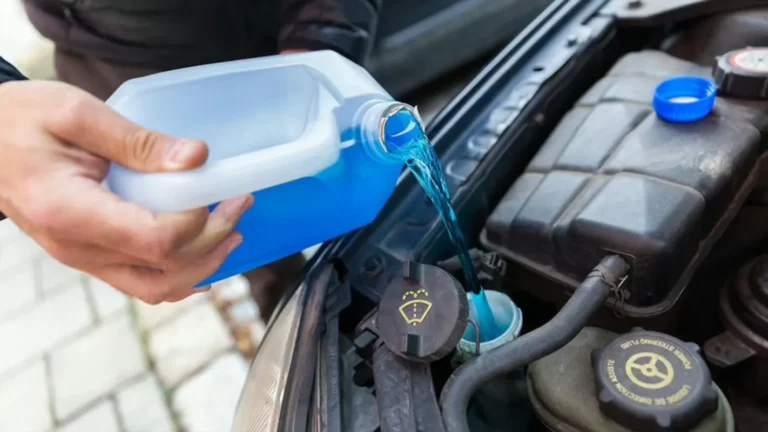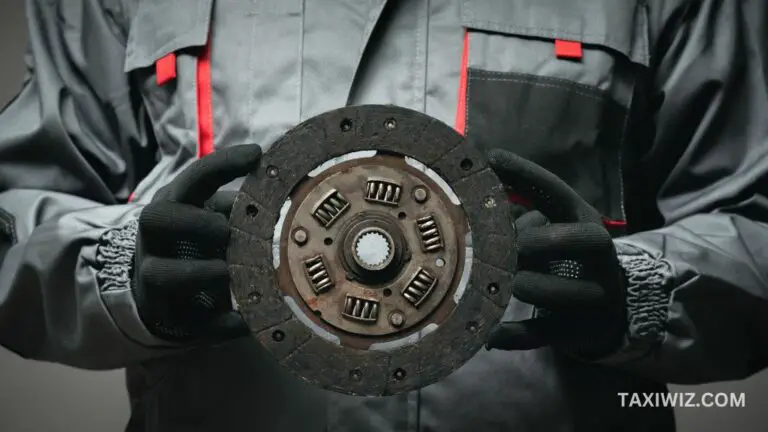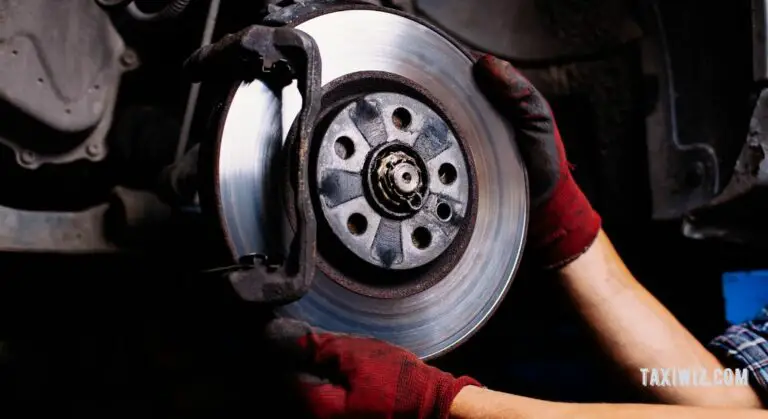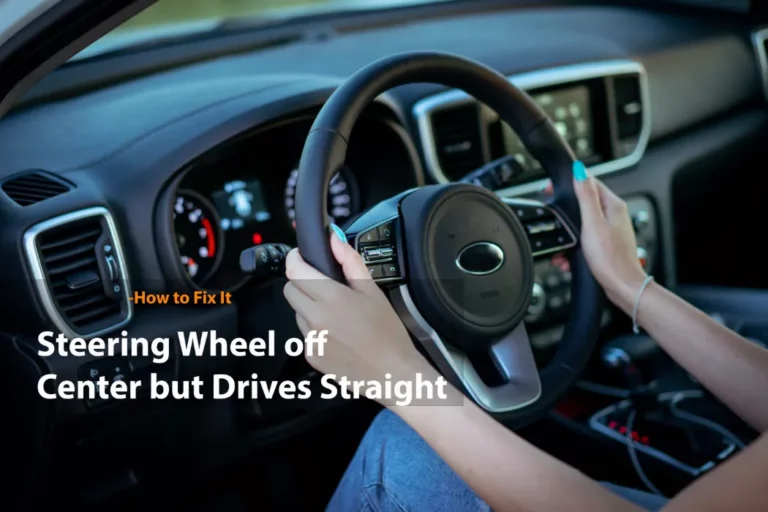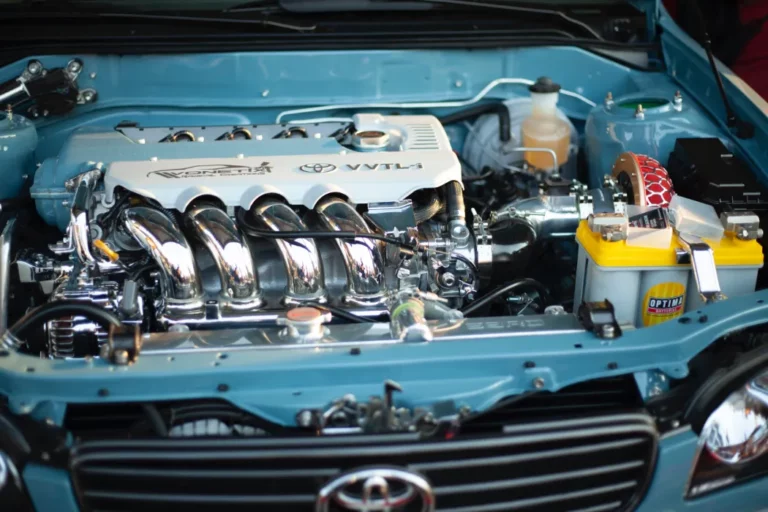What Does The Wrench Light Mean On A Car
Among the many indicator lights that are noticeable in a car’s dashboard, the wrench light is the most serious one. It’s usually a sign of powertrain malfunction or failure. This component is responsible for a steady power supply to the tires.
The wrench light on a car can mean a number of things, including;
- Problems with the battery
- Transmission malfunction
- Defect in the throttle
- Risk of carburetor failure
Our article sheds light on every possible reason why the wrench light may turn on in the car. Furthermore, it will also provide solutions to the issues to help you keep the vehicle in optimal condition consistently.
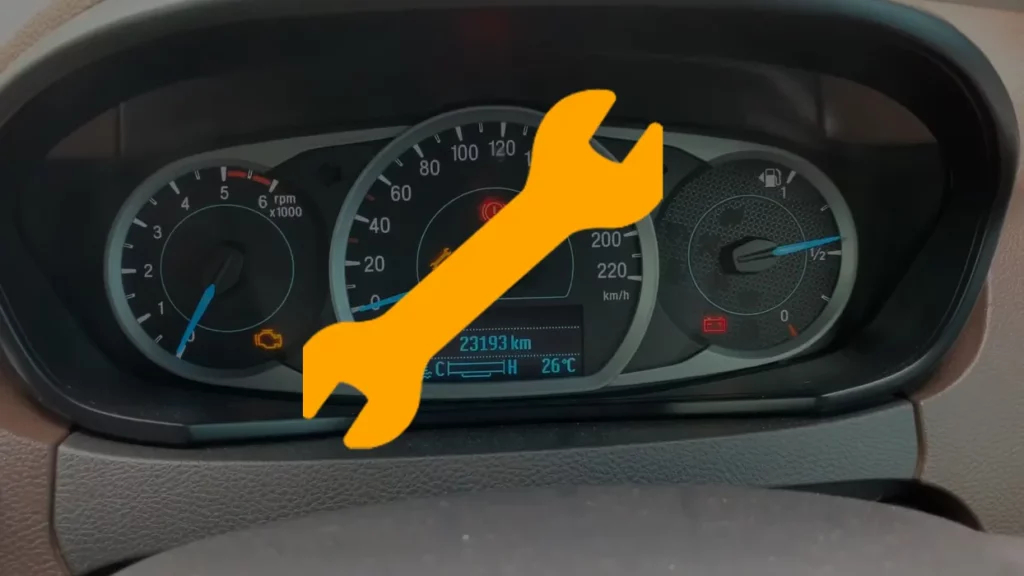
Causes for the Wrench Light Activating
There are a couple of reasons why the wrench light may turn on. Continue reading to discover the problems and how you can solve them.
1. Transmission Problem
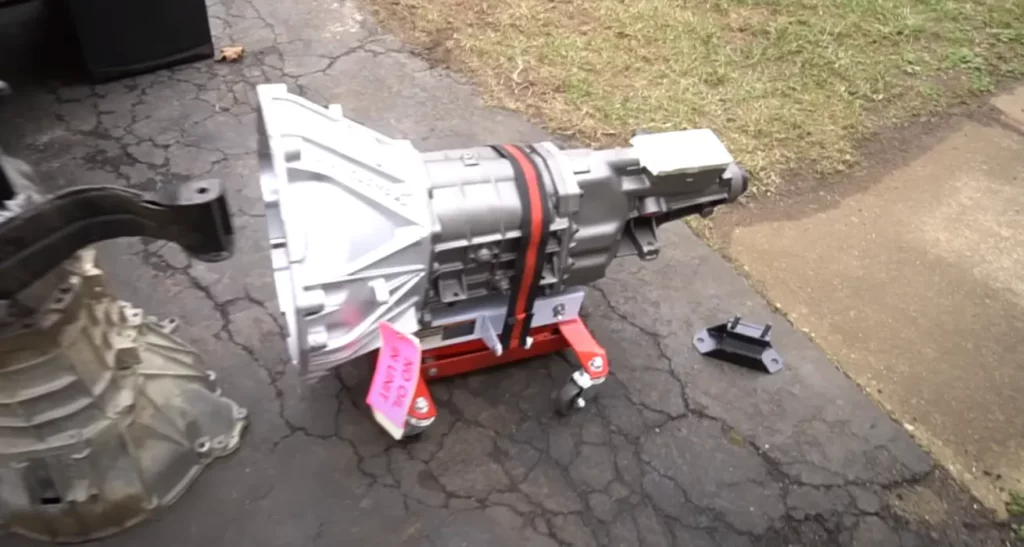
Among the many reasons why a car’s wrench light may activate, issues in the transmission system are the most common ones. An issue in any of its many components will cause it to turn on.
Some common reasons behind the transmission system acting up include an issue with the ignition, a noisy engine, and the gears losing transmission.
On the other hand, fluids that run the components can also cause the light to turn on.
Transmission fluid problems that cause the wrench light to turn on include overconsumption and leakage. The Powertrain Control Module (PCM) and Engine Control Module (ECM) usually influence the issues in this component.
Information relay constantly occurs between the PCM and the engine’s sensors to maintain the vehicle’s performance and fuel economy.
Any disruption in this process can have a negative influence on the transmission. Thus, the wrench light turns on.
2. Carburetor Abnormalities
Many people consider the carburetor the heart of the vehicle because of its role in starting it. This component creates the spark necessary to activate the engine’s activation through a combination of air and gasoline.
Common reasons for the carburetor malfunctioning include underwhelming engine performance, black smoke emission, and backfiring.
Any of these problems will result in the component overheating. Thus, the wrench light will pop up.
3. Defective Throttle
A plethora of problems can occur on the throttle body that can cause it to deteriorate. It can cause several issues ranging from accelerating difficulties to the engine’s fluctuation while the car is operational.
If there’s any problem in the throttle body, the wrench light will flicker every time the car receives ignition.
The carbon buildup can cause the part’s body to be dirty, which can cause the sign to remain on till the driver conducts a proper cleanup.
4. Battery Underperforming
Batteries require constant upkeep and maintenance for them to remain operational and perform smoothly. However, it eventually dies and will require a replacement. When it’s running low or is on the brink of dying, the wrench light turns on.
5. Wiring Issue
Wires are the veins of a car as it’s connected to its various systems and components. A constant stream of power and information is transferred through them constantly while the vehicle is running.
Any misalignment or damage to the wire will cause the car to handle and accelerate poorly.
The sensitivity and significance of this component are second to none due to the network it creates between the various systems. Thus, any problems it experiences will cause the wrench light to turn on.
Related Post: Immobilizer Car With a Key Warning Light: Understanding Its Meaning and Troubleshooting Tips
Precautions to Take if Wrench Light Turns On
The reaction scopes are very limited in case a car’s wrench light turns out. In most cases, you will have no option but to pull the vehicle over in case it switches to limp mode.
However, here’s a couple of things you can do to conduct a swift diagnosis.
1. Scanning the Lights
Usually, the wrench light emits codes that help identify the component with a problem. An OBD reader can be useful in this scenario as this device is helpful as the device makes it easier to understand them.
If you don’t have an OBD reader, then it’s best to take the vehicle to a parts shop. Most of these establishments provide free readings that can help you understand the car’s problem.
2. Conduct a Home Diagnosis
If a driver has sufficient experience in dealing with automobiles, then they can conduct a diagnosis themselves. The risk of internal damage to the vehicle increases with the amount of time it’s been driven.
Start by turning off the car to check if the wrench lights deactivate with it. If the sign remains after restarting the vehicle, try shifting between the gears. Transmission problems are caused if the indicator is activated due to gear transition.
3. Observe the Throttle Body
Alongside checking the diagnostic codes, checking the condition of the throttle body is equally necessary. A car that has chalked up a considerable amount of mileage will have a throttle that may require maintenance.
Years of usage cause carbon to accumulate on the throttle’s body. It results in the component facing difficulties in movement. More offer, the computer’s ability to detect the throttle movement is also affected.
Cleaning the throttle is necessary to avoid the car from going limp. Once the part is in pristine condition, perform the idle relearning method to restore the vehicle to optimal condition.
4. Seek Professional Assistance
If all else, fails, it’s best to hire the services of a mechanic. They will help tow the car to a servicing station or a professional workshop.
The vehicle will receive the necessary care and components and be back to its optimal health in no time.
Although it will set you back financially, it’s a more convenient solution to wrench light issues. Risks like harm to other components increase when you try to fix the car without proper automobile experience.
Related Post: What Do Blue Dots In Tail Lights Mean?
Frequently Asked Questions [FAQs]
What sort of hazards are indicated by the wrench light?
The wrench light in the car’s dashboard indicates a severe problem in the vehicle. Typically, these issues can only be solved with the help of a professional mechanic.
How is the check engine light different from the wrench light?
The activation of the check engine line means that one of the components of the engine is malfunctioning. On the other hand, the wrench light covers a wider range of issues which includes the transmission system and oil leakage.
Can the wrench light indicator have an alternative meaning?
While the wrench light in most cars is an indicator of underperforming parts, some brands use it to signal for routine maintenance.
Conclusion
Wrench lights typically indicate that something is gravely wrong with the car’s internal systems.
Ignoring it for too long will cause the vehicle to transition into limp mode. Thus, you will have no option but to tow it if it occurs while on the road.
In most cases, the wrench light indicates an issue with systems that have sensitive components.
Therefore, seeking professional help to solve the problem is better than home repairs. Soon your car will resume performance at optimal levels.

